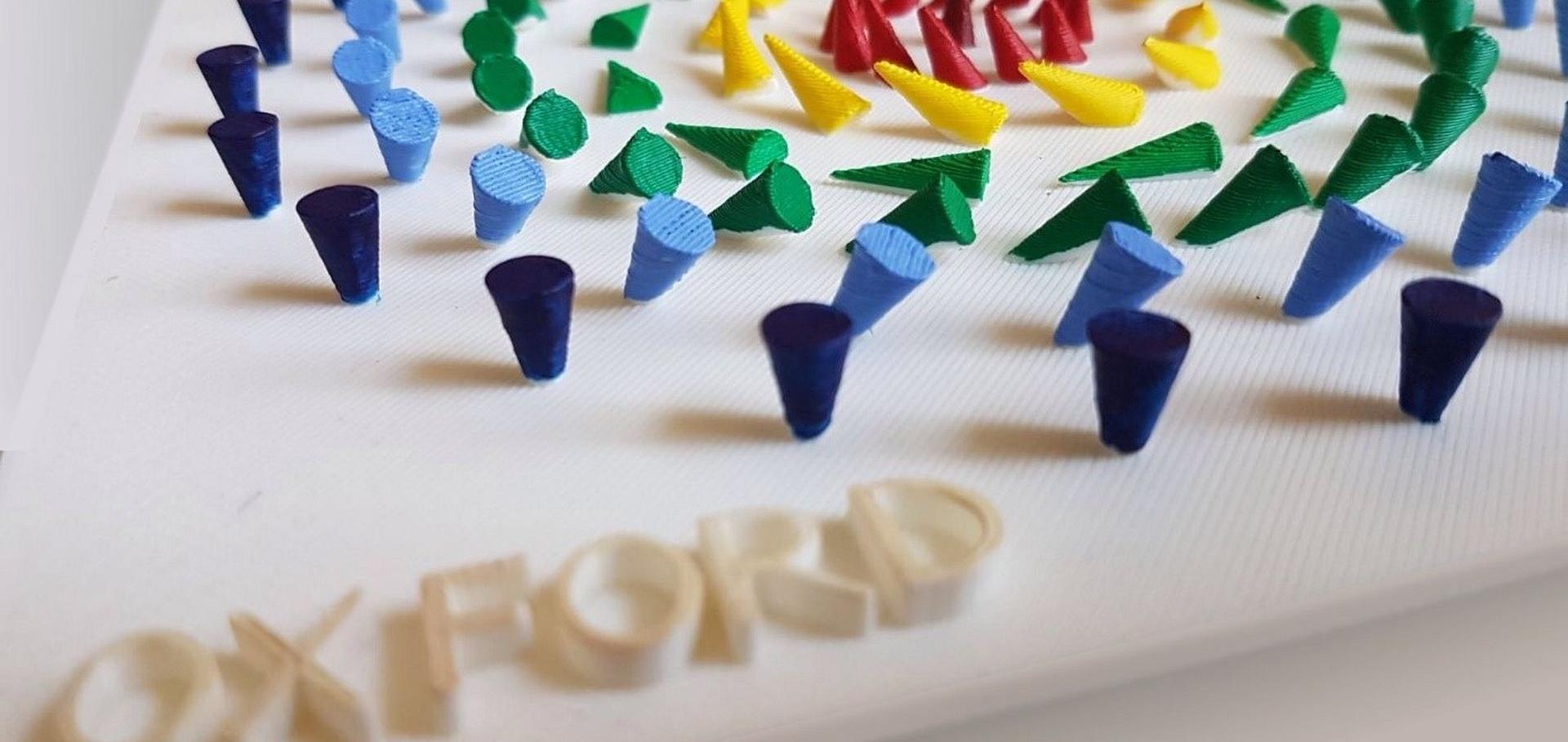Topological Dirac semi-metals as novel, optically-switchable, helicity-dependent terahertz sources
Abstract:
The generation and control of terahertz pulses is vital for realizing the potential of terahertz radiation in several sectors, including 6G communication, security and imaging. In this work, we present the topological Dirac semimetal cadmium arsenide as a novel helicity-dependent terahertz source. We show both broadband (single-cycle) and narrowband (multi-cycle) terahertz pulses upon near-infrared photoexcitation at oblique incidence. By varying the incident angle of the photoexcitation pulse, control of the emission frequency can also be achieved, providing a candidate for a tuneable narrowband terahertz source.Covalent mixing in the two-dimensional ferromagnet CrSiTe₃ evidenced by magnetic x-ray circular dichroism
Abstract:
The low-temperature electronic structure of the van der Waals ferromagnet CrSiTe3 has been investigated. This ferromagnetic semiconductor has a magnetic bulk transition temperature of 33 K, which can reach up to 80 K in single- and few-layer flakes. X-ray absorption spectroscopy (XAS) and x-ray magnetic circular dichroism (XMCD) measurements, carried out at the Cr L2,3 and Te Mb edges on in vacuo cleaved single crystals, give strong evidence for hybridization-mediated super-exchange between the Cr atoms. The observed chemical shift in the XAS, as well as the comparison of the XMCD with the calculated Cr L2,3 multiplet spectra, confirm a strongly covalent bond between the Cr 3d(eg) and Te 5p states. Application of the XMCD sum rules gives a non-vanishing orbital moment, supporting a partial occupation of the eg states, apart from the t2g. Also, the presence of a non-zero XMCD signal at the Te Mb edge confirms a Te 5p spin polarization due to mixing with the Cr eg bonding states. The results strongly suggest that superexchange, instead of the previously suggested single ion anisotropy, is responsible for the low-temperature ferromagnetic ordering of 2D materials such as CrSiTe3 and CrGeTe3. This demonstrates the interplay between electron correlation and ferromagnetism in insulating two-dimensional materials.


